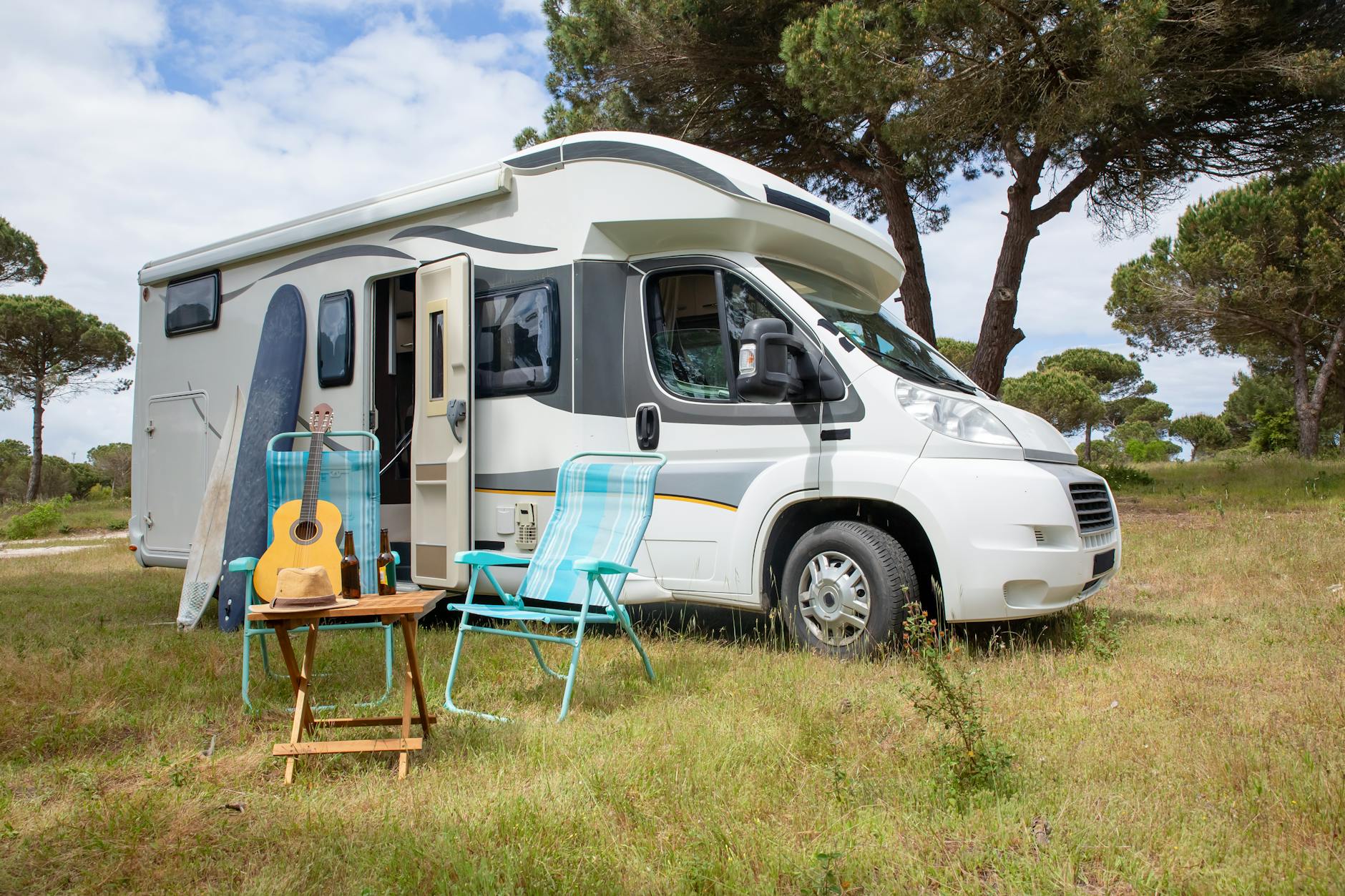How to Choose the Right Car for Your Commute in Australia

How to Choose the Right Car for Your Commute in Australia
Assess Your Commute
When considering the best car for your commute, several key factors play a significant role. Melbourne, with its vibrant Docklands technology hubs and bustling Melbourne CBD, requires a thoughtful approach to selecting a vehicle that meets your needs.
Distance and Frequency
First, reflect on the distance and frequency of your commute. A long daily drive might benefit from a reliable and efficient vehicle like a used Ford or a used Mazda. These cars are known for their durability and low running costs, making them ideal for frequent travel.
Terrain and Weather Conditions
Melbourne’s variable weather and terrain add an extra layer of consideration. If your route includes hilly suburbs or rural stretches, vehicles like a used BMW might be a good fit due to their superior handling and performance. Such choices ensure you are well-prepared for the diverse weather conditions Melbourne can throw at you, from sun to showers.
Traffic Patterns and Routes
Understanding traffic patterns and preferred routes can help you choose a more suitable car. If your journey takes you through heavy traffic areas like around Flinders Street during peak hours, opting for a car with advanced stop-start technology and good fuel efficiency becomes crucial. Efficient cars help you save on fuel costs while easing the stress of stop-and-go traffic.
Breaking down these aspects into manageable points can help you make an informed choice reflecting your daily needs. Remember, a car is more than just a mode of transportation; it should seamlessly integrate into your lifestyle, enhancing convenience and comfort.
Identify Essential Features
Fuel Efficiency
When scoping out your new ride, fuel efficiency should be a top priority. Picture your daily drives from Melbourne’s suburbs to Docklands; the last thing you want is to burn extra dollars on fuel. I remember when my friend Tom bought a used toyota, he carefully checked how many kilometres per litre it could run on. Similarly, diving into the technical specs of your prospective car can save you a fortune over time. Look for models with higher mileage and consider hybrid options if you're frequently navigating congested city routes.
Comfort and Space
Comfort shouldn't be underestimated, especially if you spend a considerable amount of time on the road. Whether it's the morning rush through Melbourne CBD or navigating the picturesque routes around the outskirts, a comfortable car makes all the difference. When I test drove a used honda, I could feel the difference in seat ergonomics and cabin space compared to other brands. Don't just consider the driver's seat; ensure the back seats offer adequate legroom and support if you frequently have passengers.
Technology and Safety
Technological features in cars have become indispensable, much like the tools we use in software development. From advanced navigation systems to adaptive cruise control, these features can make your commute safer and more enjoyable. While checking out a used kia at a dealership near Flinders Street, I was impressed by its built-in tech, like lane-keeping assist and collision avoidance systems. Always look for vehicles equipped with the latest safety features, including multiple airbags, anti-lock brakes, and electronic stability control.
Fuel efficiency, comfort, and technology are essential factors when choosing a car for your daily commute. With these features in mind, you'll be well-prepared to select a vehicle that meets your needs and enhances your driving experience.
Evaluate Car Types
Compact Cars
Choosing a car for commuting can be a daunting task, particularly when you're comparing different types. Compact cars are an excellent choice for city dwellers. These vehicles are easy to manoeuvre through Melbourne's bustling streets and perfect for parking in tight spots around areas like Flinders Street. Despite their smaller size, compact cars often deliver impressive fuel efficiency and can save you money on petrol. Popular models include those from brands like used Hyundai, known for their reliability and economic value.
Sedans and Hatchbacks
Sedans and hatchbacks offer a balance between compact cars and larger SUVs. If you frequently travel with passengers or need more boot space, these types might be more suitable. For instance, a hatchback can be a versatile option, offering more storage flexibility. Remember that Melbourne's unpredictable weather may necessitate a vehicle with an interior that provides comfort during both scorching summers and chilly winters. Additionally, owning a used Subaru can give you confidence thanks to their reputation for robust safety features.
SUVs and Crossovers
SUVs and crossovers are ideal for those who require additional seating and space for family or recreational gear. These vehicles excel in handling varied terrains, from city streets to rural paths, making them perfect for weekend getaways beyond Melbourne. While they might consume more fuel compared to compact cars, the advancements in tech features and driving assistance can make your daily commute smoother and more enjoyable.
When choosing a car type, consider your daily needs and lifestyle. Exploring options at Melbourne's local dealerships will allow you to inspect each type closely and make an informed decision. Balancing fuel efficiency, space, and comfort will ensure that you find the right vehicle to enhance your commuting experience.
Inspect and Test Drive
Pre-Purchase Inspection
When you're looking to buy a used Mitsubishi or used Nissan, a pre-purchase inspection is crucial. This step ensures that you're getting a reliable vehicle without hidden issues. Check for signs of wear and tear, inspect the engine, and look under the car for any leaks or rust. Don’t forget to review the car’s service history to confirm regular maintenance. It's always a good idea to get a professional mechanic to inspect the car if you’re lacking in automotive expertise.
Key Test Drive Metrics
During a test drive, focus on several key metrics to gauge the car's overall condition. Start the car and listen for any unusual noises from the engine. As you drive, pay attention to the acceleration, braking, and turning. Note how smoothly the car shifts gears and how responsive the steering is. These factors will give you a good idea of the car's performance and any potential issues.
Assessing Handling and Performance
Lastly, assess how well the car handles and performs under different conditions. Take it on various types of roads, including highways and residential streets, to see how it responds. Make a few sudden stops to test the brakes, and navigate through tight corners to check the handling. Remember, the performance you observe will directly influence your daily commute experience. Always take your time during the test drive to ensure you’re making an informed decision.
By following these steps, you’ll have a comprehensive understanding of the vehicle's condition and performance.
Common Mistakes
Overlooking Maintenance History
One of the biggest blunders when choosing a car for your commute is ignoring the vehicle maintenance history. Just like debugging in coding, knowing the past issues and fixes of a car can save you from future headaches. It's akin to asking for the revision history in a coding project. You wouldn't want to dive into a messy codebase without knowing what's been altered, right? Checking service records ensures the car has been well-maintained and can prevent unforeseen mechanical problems.
Ignoring Fuel Economy
It's easy to be enticed by flashy cars, but if it guzzles fuel faster than you can say "[fuel efficiency]", it’s not a smart choice for your daily commute. Think of it like choosing coding languages; some are more efficient for certain tasks. For example, opting for a hybrid or a car with good mileage can save you heaps on fuel expenses. Just imagine how much more you could invest in that latest tech gadget or those must-have coding books from the technical bookstores around Flinders Street!
Skipping the Test Drive
Never, ever, skip the test drive! It’s like running a program without testing it first. You'd never release an app without debugging, so why take a chance with your new ride? When you test drive, pay attention to the car's handling, braking, and comfort. Does it feel intuitive like Python, or clunky like some of the lower-end IDEs I've used? Make sure to drive through different terrains and traffic conditions similar to your daily commute routes to get a true sense of its performance.
Avoiding these common mistakes can make your car selection process smoother and more efficient. Just as with coding, a bit of cautious forethought saves a lot of trouble down the line.


